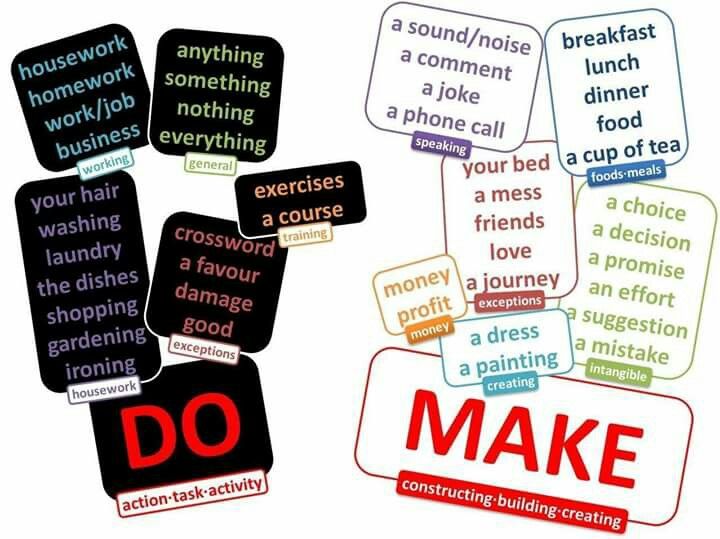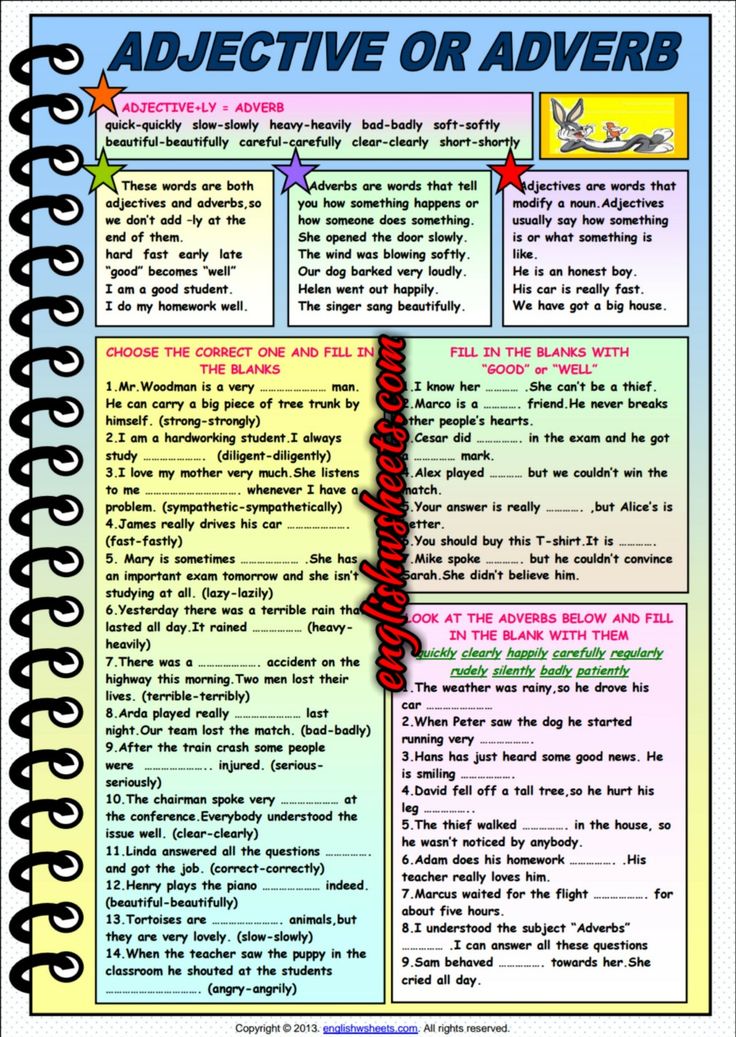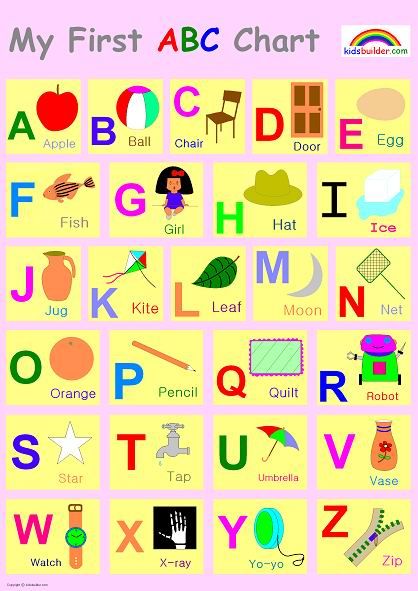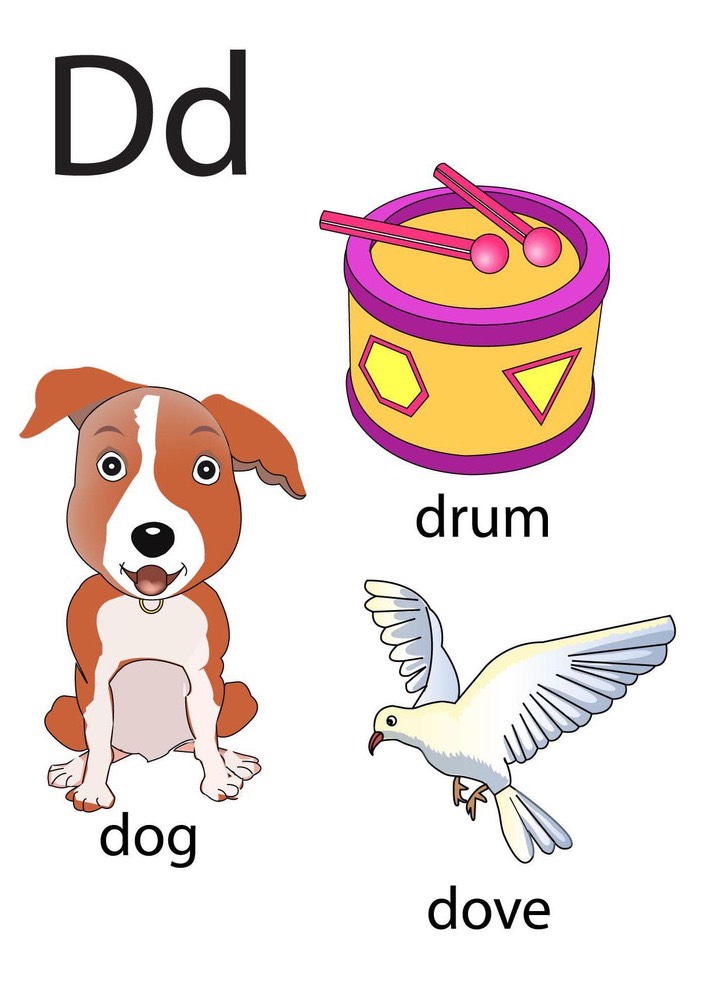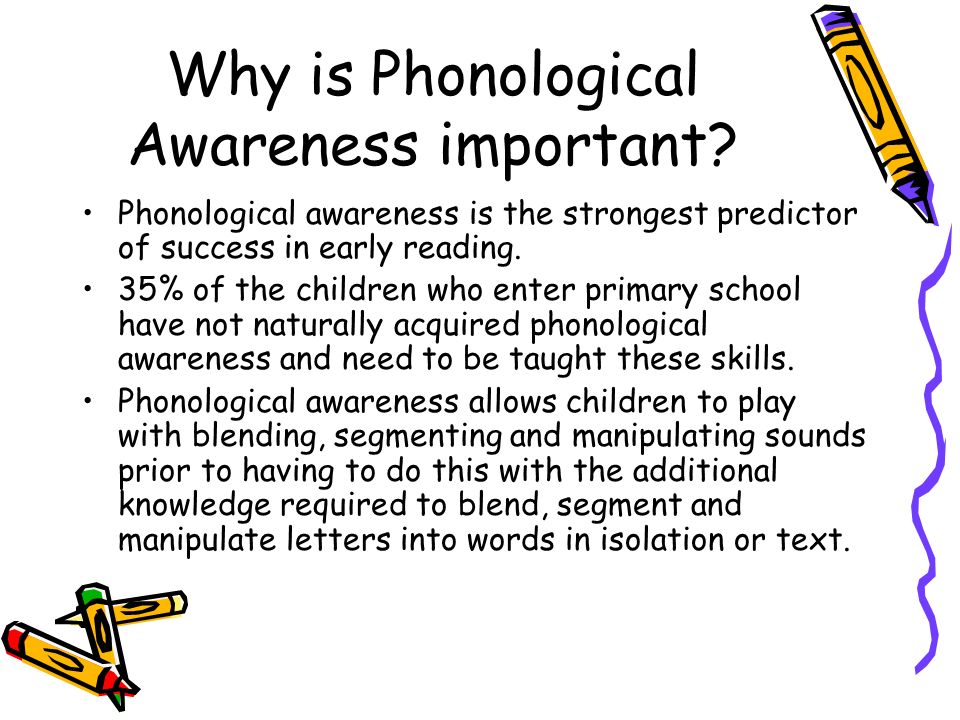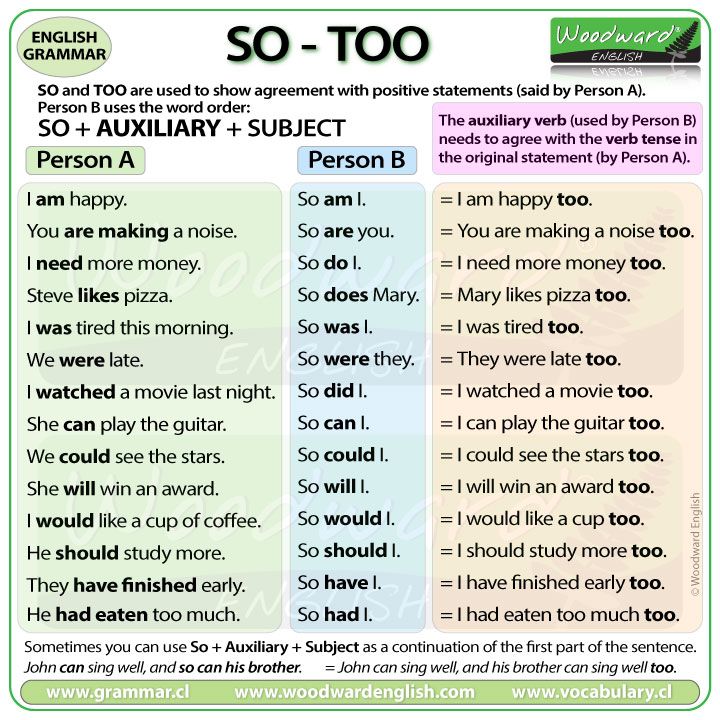How to help children learn spelling words
How to teach spelling words so they stick
Most children begin to learn English spelling words and spelling rules in the first and second grades, at the same time as they are learning how to read and write. And while being able to spell is not necessarily a reflection of a child’s intelligence, it’s a skill that is important to master.
That’s because poor spelling habits will follow a student as they move into higher grades and their vocabulary grows. Misspelled words are distracting for teachers who are correcting assignments and can be embarrassing for adults who still make mistakes in professional communication.
More importantly, problems with spelling can alert teachers and parents to the presence of an un-diagnosed learning difficulty, such as dyslexia.
In a language in which there can be multiple ways to represent the same sound in writing, knowing the correct way to spell a word is not always evident.
There are some general patterns in English that have enabled educators to write lists of rules. However, there are also exceptions to these rules and plenty of notoriously hard to spell words.
Adult learners who did not master spelling at a young age will have fossilized errors they need to unlearn. ELL students also have the differences between British and American spelling to contend with.
For educators charged with introducing spelling words, explaining the rules, motivating learners and correcting a child’s early written work, teaching spelling may prove challenging. But with fun teaching strategies in place, spelling instruction is less tedious and can even be enjoyable, particularly when learners excel to the point of participating in whole school competitions and regional spelling bees.
How do kids learn spelling?
Kids learn how to spell in the first and second grades. Most early spelling words need to be memorized. This is particularly true of high frequency service words. Teachers will often group them in sets and provide weekly quizzes.
Rules will be explained and terms that follow the same rule may be taught together, to help learners recognize patterns.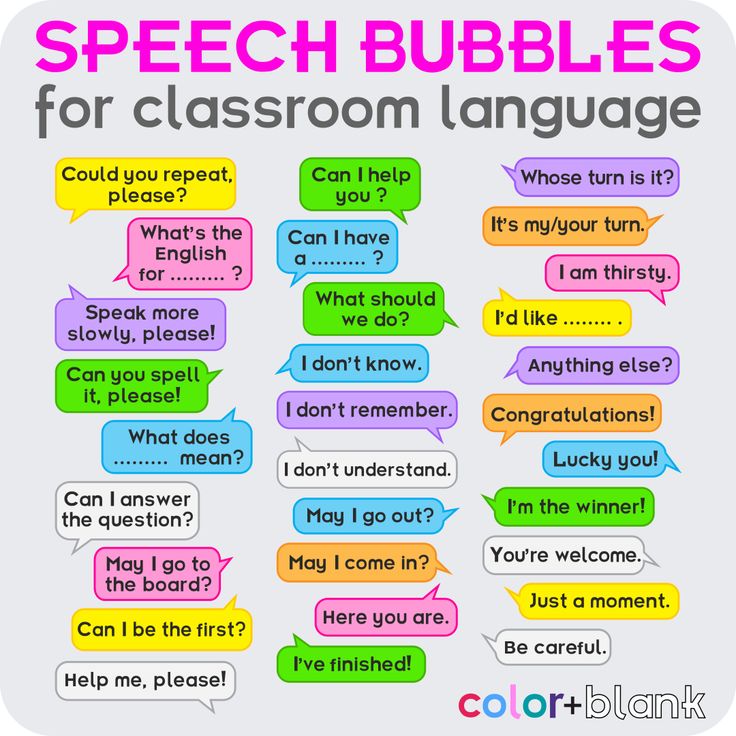 As students become stronger readers, they encounter familiar words more often. This helps them with spelling.
As students become stronger readers, they encounter familiar words more often. This helps them with spelling.
The more students use their words in writing activities, the greater the chances they will learn them by using the correct form, referencing it or making a mistake which they must later correct.
Sound-letter mapping
Children spend the first few years of life learning how to speak their native language. They acquire a certain amount of words in their vocabulary and then begin learning the alphabet and phonics.
In this way, they can identify the sounds words contain and match them to letters and letter combinations. These are essential pre-literacy skills that every child needs in order to start reading and writing.
As spelling involves sound-letter mapping, some words can be spelled by ear.
However, this requires learners to be able to hear every sound the word contains. Not everyone can do this. Children who have a hearing impairment, which often occurs in kids with Down syndrome, may struggle with spelling because they simply cannot pick out all of the sounds in a word.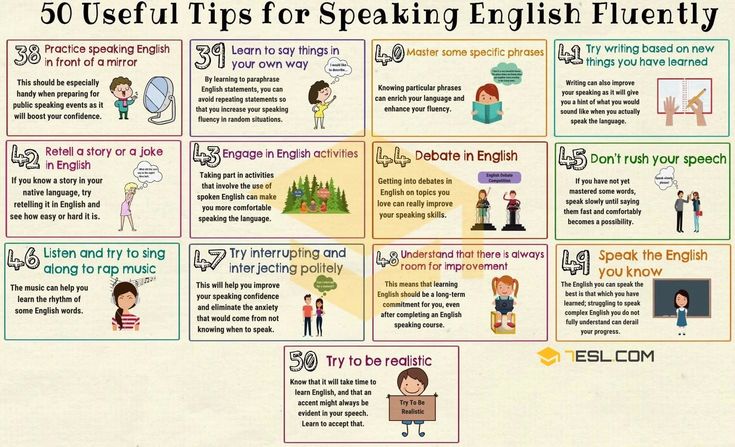
Identifying phonemes is also a particular challenge for children with dyslexia.
Dolch words
Many early spelling words come from the Dolch list, a selection of terms that make up 50-75% of all of the text in children’s books and school materials.
Also called Sight Words, learning to recognize and spell these words makes it easier for kids to focus on harder and less frequent terms in reading and writing activities. Made up of prepositions, verbs, adverbs, adjectives and conjunctions, there is an additional list of common nouns that teachers may choose to introduce. Learn more about teaching Sight Words in this article.
Tips for teaching spelling
Let them get creativeBreak out the construction paper and markers. Alternatively, have students cut out letters from magazines and make a ransom note style collage of words. Learners might even create posters containing different illustrations of the words on their list. The more cognitive attention given to the task and the more fun they have, the more likely a word will be remembered.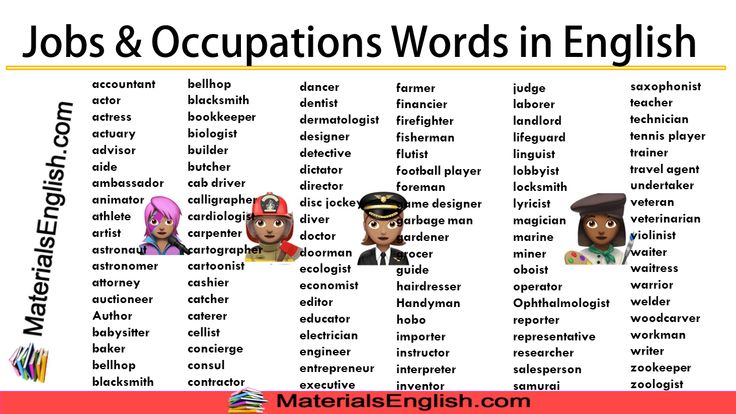
Rote practice and memorization may be boring but they can do the trick when it comes to focus on form. Having students copy a word multiple times helps. However, if a student struggles with handwriting, such as in dyspraxia and dysgraphia, it may be better to have them type the words on a computer.
Encourage readingThe more learners see a word spelled correctly, the easier it is for them to transfer knowledge of form into long-term memory. Find stories that contain repeat examples of the words on your spelling list. You might even write up a worksheet and have kids underline or star the terms they recognize.
Spell the word out loudSay words out loud and spell them out loud too. This encourages students to do the same. When kids spell out loud it helps them internalize the correct order of the letters using their ears as well as their eyes. This is also a good strategy for children who struggle with learning difficulties and helps in preparation for competitions like spelling bees.
Put up as much print as you can manage in the classroom. Words that are in a child’s environment will be received as passive input, which over time will transfer to active knowledge.
Play games to practiceCrossword puzzles and worksheets are great for homework or quiet activities but getting the whole class involved in games such as hang-man, is even better. Why? Because students will be motivated to spell the word correctly in order to win. Delivering answers will also necessitate both written and spoken responses. Some games will also give them a chance to evaluate their fellow students’ responses and correct any misspelled words.
Teach typingA great way to practice spelling is through a typing course. Students type and spell words over and over until they learn which letters keys represent, and how to reach for them in sequence. Typing gives students a chance to revise words they’ve already learned and learn the spelling of new words. They do this with the help of muscle memory in the fingers.
They do this with the help of muscle memory in the fingers.
A multi-sensory approach like Touch-type Read and Spell's will also help with grapheme-phoneme mapping and strengthen reading skills.
Explain mnemonicsSome hard to spell words can be made easier for students if they use a mnemonic device to remember the spelling. This may entail inventing an anecdote where characters in the story stand for the letters in a word. A student may also want to use images that correspond to letters, to help them remember the spelling.
Knowing how to recognize dyslexia
It is crucial to catch learning difficulties early on to prevent a child from falling behind his or her peers and help kids reach their full potential in the classroom. Students with dyslexia may have a hard time spelling words their classmates find easy.
They may reverse letters in handwriting activities or spell a word correctly one day and incorrectly the next. While spelling is impacted, dyslexia can also have serious implications for reading. Learn more about spelling strategies for dyslexic students in this article.
Learn more about spelling strategies for dyslexic students in this article.
Students who struggle with spelling
Having excellent spelling skills doesn’t necessarily mean a child is smarter than other kids. Nonetheless, learning good spelling habits from the start is important.
For students who struggle with spelling, working through a typing course can be just the ticket to improving their skills and gaining more self-confidence and motivation along the way. That’s because students can practice their typing in and outside of the classroom. Moreover, typing is thought of as more of a computer skill, which is less embarassing than needing extra help for spelling.
A modular course, like TTRS, is made up of individual units that students can repeat until they have learned the material. This gives learners the chance to overlearn spelling, which may be exactly what they need. They can also learn at a pace that is just right for them. Learn more about teaching kids to type and give TTRS a try today!
Learn more
If you like this article, you may also be interested in: 3 Causes of spelling difficulties, How to help with spelling, and Developing strong spelling skills
Do you have any creative tips on teaching spelling words? Join the discussion in the comments!
For teachers
TTRS is a program designed to support educators in teaching students touch-typing, with additional emphasis on reading and spelling.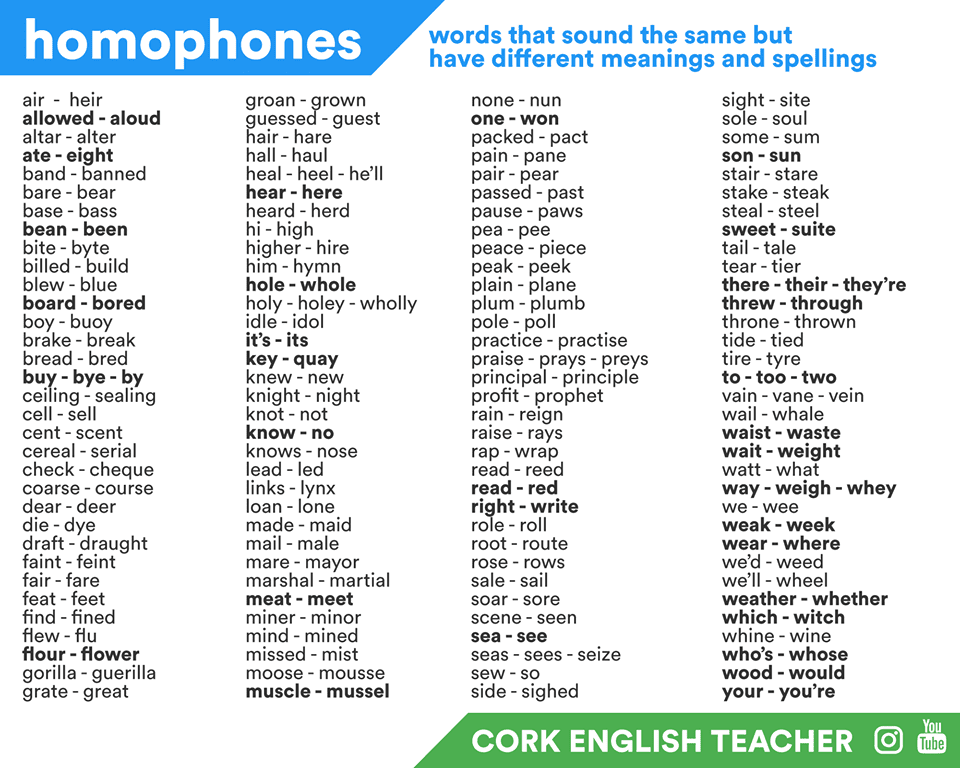
How to Teach Spelling So Kids Will Remember
Sarah Major, M.Ed. is passionate about working in harmony with a child's immaculate design to support their learning strengths. As a Title 1 Program Director and Designer, Sarah earned awards for creating her own multisensory educational resources that have now been sold in all 50 states and over 150 countries. By design, Sarah’s approach transforms symbol-heavy spelling content into whole-brain materials that engage all learners through an emphasis on understanding letter sounds rather than memorization.
A common concern for parents and teachers is that even when the children score perfectly on their spelling tests, they don’t always carry that knowledge over into their reading and writing. In other words, they memorize and write their spelling words for the test, but their new-found knowledge is not carrying over into practice.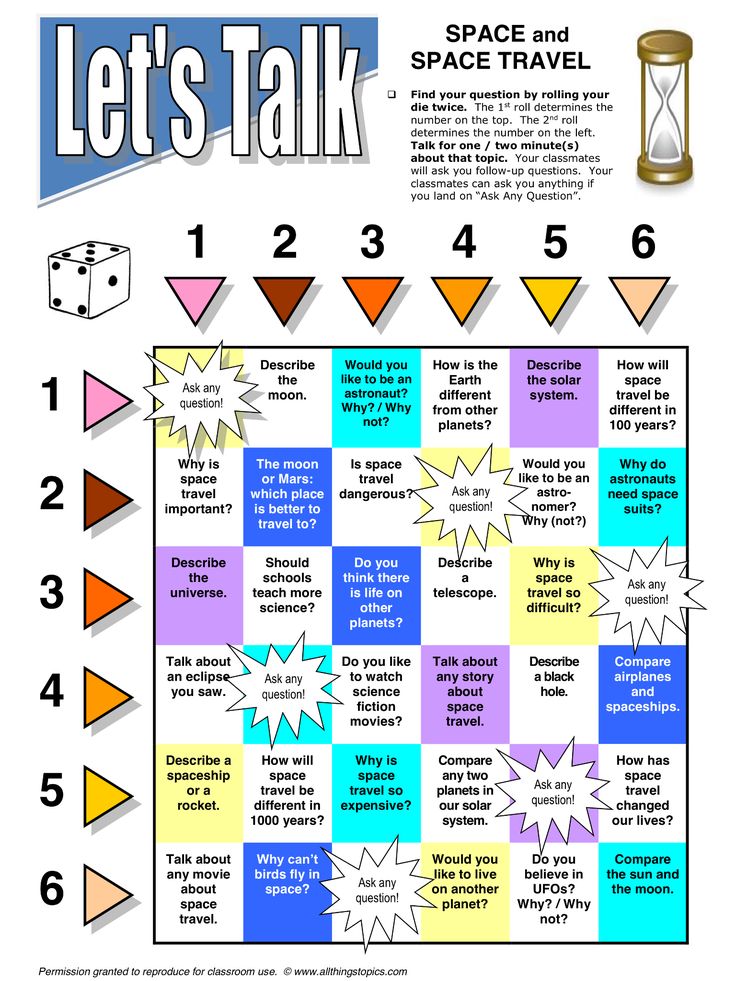
There are also children who find it nearly impossible to memorize spelling words, so they consistently fail spelling tests. This inability to successfully memorize is not a learning flaw at all! Many children (upwards of 60% of all children) are right-brained, visual, kinesthetic, or tactile enough that memorizing sequences of letters is just not in their wheelhouse. They learn successfully and quickly when they can use those amazing right-brained elements to learn.
That is where Child1st comes in. We have done the hard work for you of designing lessons that are a natural fit for these gifted children. Lessons written in their own learning language that work for all kids in the classroom or at home.
But first...
Why teach spelling
- We want our kids to know how to spell words so they become proficient writers.
- One happy byproduct of successfully teaching children to spell is that their reading levels soar. Teaching spelling the right-brained way makes language make sense.

Why teaching spelling hasn’t always worked
Many types of learners cannot memorize and retain facts that involve symbols. (This includes memorizing words or math facts, too!) They might be able to retain the letters and sequence of a word for a few minutes, but 30 minutes later, the information will have disappeared from their brains.
- Memorizing words for a test is different from applying spelling to reading or writing. For those children who can memorize a list of words for a test but who cannot apply that knowledge beyond the test, the problem lies in the fact that they utilized memorization for the test, but the information was not meaningful and wasn’t stored in long-term memory. The goal of studying was passing a test, not learning to use the words in writing.
- Traditional spelling lessons require children to learn a sequence of letter names. We’ve all heard children repeating word spellings to prepare for a test.
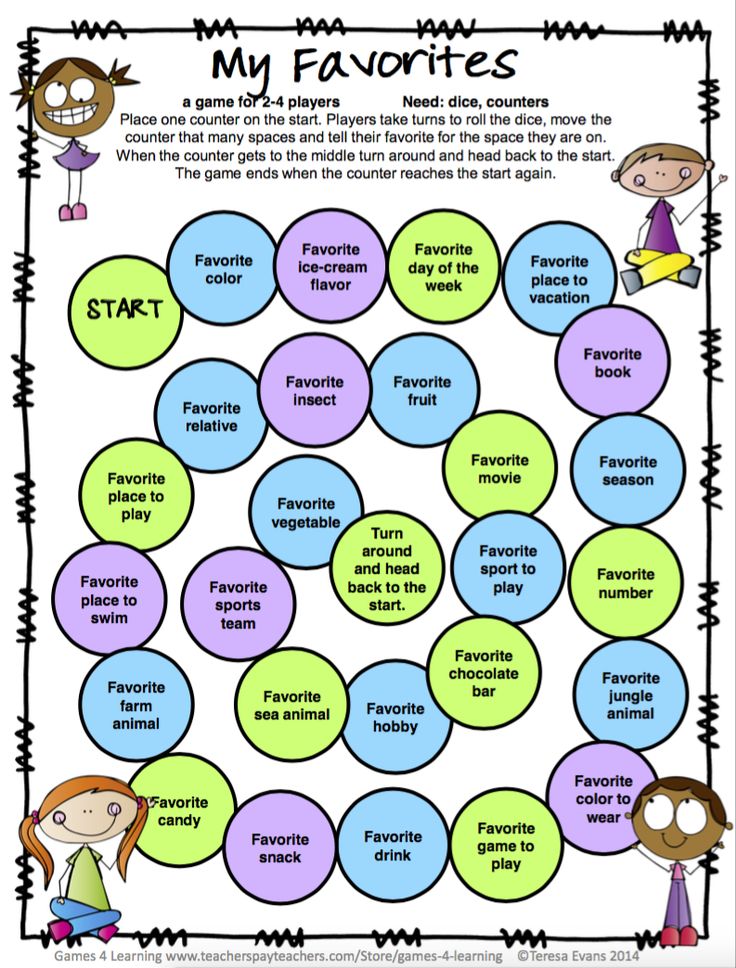 Sometimes they are asked to copy the word list five or ten times. Children also are asked to clap and snap for consonants and vowels. But no matter what the tactile component or the chanting component, the children are still just repeating a sequence of letter names! But words are made of sounds, not letter names. One you can hear and write, the other you have to memorize.
Sometimes they are asked to copy the word list five or ten times. Children also are asked to clap and snap for consonants and vowels. But no matter what the tactile component or the chanting component, the children are still just repeating a sequence of letter names! But words are made of sounds, not letter names. One you can hear and write, the other you have to memorize.
Now, here comes the good part!
How to teach spelling so they will remember
1. Focus on the SOUNDS in words rather than letter names. I promise that if we taught spelling this way, our efforts would be better spent. No memorization is required!
2. Group words with similar spelling patterns together in a list. For example, instead of picking a theme for a word list, such as months of the year, choose a list of words that share a sound spelling such as Long I spelled IGH.
3. Capitalize on the child’s amazing visual memory. If you group the words you have chosen in a column, visually this will help the child see what the words have in common. The brain of a child LOVES patterns!
Capitalize on the child’s amazing visual memory. If you group the words you have chosen in a column, visually this will help the child see what the words have in common. The brain of a child LOVES patterns!
4. Use color! Once your words are in a nice column, have the child use a crayon or highlighter to color only the letters the words have in common.
5. Point out that the highlighted letters all say (long) i. For instance, in the word HIGH, there are only 2 sounds: h – i. Easy to sound out, so no memorization needed!
6. To take spelling into reading and writing, have the children make up sentences that use the words on their list. NOT a sentence for each word, but rather they should cram as many IGH words into one sentence as possible! See the example above.
7. Finally, ask the child to illustrate their sentences.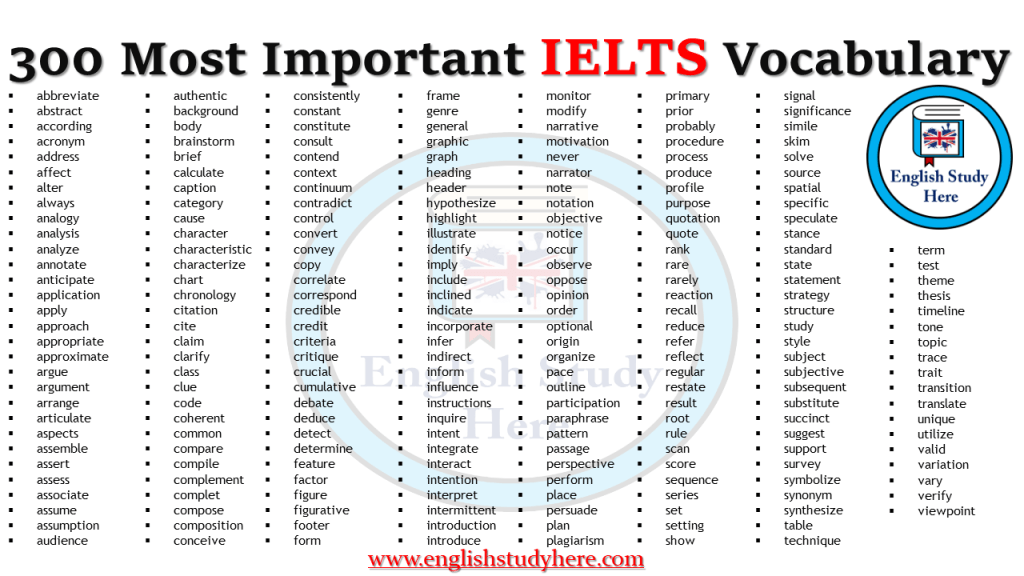 The fact that the child wrote a sentence using several related words and then illustrated them will take the learning into writing and into long-term memory!
The fact that the child wrote a sentence using several related words and then illustrated them will take the learning into writing and into long-term memory!
How to Teach Right-Brained Phonics & Spelling
And it's ready to pick up and use immediately!
The Illustrated Book of Sounds & Their Spelling Patterns, 3rd Ed.
- All your spelling lists are made for you.
- All the sound spellings in our language are taught.
- There are 2-4 difficulty levels for each sound.
- The book is ready to use. Just copy the page you need.
- For Kindergarten through adult!
Use this method for teaching spelling and help your child become a better writer, a better reader, and love learning in general!
This approach to teaching spelling is research-based (see Group 4) and has proved to bring kids to grade level in reading and beyond!
All Sound Spelling Teaching & Display Cards have corresponding lessons in The Illustrated Book of Sounds & Their Spelling Patterns. Or save by getting the Right-Brained Phonics & Spelling Kit.
Or save by getting the Right-Brained Phonics & Spelling Kit.
Watch the video to see why this approach is so effective
Our spelling and phonics products take content that is symbol-heavy and transforms it into whole-brain resources that reach and engage all learners at one time, including visual, kinesthetic/tactile, and auditory learners.
Find products especially designed for your visual and kinesthetic learners
SnapWords®: Sight Words & Explicit Phonics
SnapWords® are a wonderful right-brained tool that combine sight word recognition and explicit phonics instruction in one resource
Since its inception in 2006, Child1st has emerged as the leader in providing resources that parents and teachers alike can pick up and use. By their very design, Child1st resources meet the needs of children without the teacher-adult having to receive special training. We exist so that every child has the opportunity to learn in their own learning language.
By their very design, Child1st resources meet the needs of children without the teacher-adult having to receive special training. We exist so that every child has the opportunity to learn in their own learning language.
- Tags: meta-blog-collection-how-to-teach-spelling
11 comments
← Back to How to Teach Other Things
{{ tier_title }}
","reward_you_get_popup":"You get","reward_they_get_popup":"They get","reward_free_shipping_popup":"You get free shipping discount\r\n They get free shipping discount","reward_you_get_free_popup":"Free shipping","popup_item_tier_benefits_title":"Benefits","popup_item_tier_benefits_next_tier":"Next tier","popup_item_tier_benefits_list_of_tiers":"List of tiers","reward_tier_achieved_on":"Achieved on {{ month }} {{ day }}, {{ year }}","reward_tier_multiply":"Multiplier","reward_tier_multiply_points":"{{ multiply_points }}x","earn_tier_more_points":"Earn {{ more_points }}/{{ next_tier_points }} {{ points_name }}","reward_as_discount":"{{ amount }} discount","reward_as_points":"{{ amount }} {{ points_name }}","reward_as_gift_card":"{{ amount }} gift card","flexible_discount":"Discount","flexible_discount_price":"Discount price","available_discount_title":"You don't have any available rewards at the moment","reward_your_tier":"Your tier:","reward_next_tier":"Next tier:","reward_page_confirm":"Confirm exchanging","reward_redeem_cancel":"Cancel","reward_redeem_confirm":"Confirm","reward_page_earn_points":"Earn points","reward_not_enough_points":"Not enough points","select_rewards":"Select Reward","shop_now":"Shop now","reward_birthday":"Birthday","reward_enter_birthday":"Enter your birthday","reward_please_enter_birthday":"Please, enter your birthday","reward_enter_valid_birthday":"Enter valid birthday date","warning_title_for_reward":"Oops, it seems like the Loyalty & Rewards program is not available for this account. ","warning_title_for_reward_requirelogin":"To participate in our Loyalty & Rewards program, you should verify your account first. Please log in to check your eligibility.","reward_notifications_earned_points":"You’ve earned {{ points_name }}!","reward_notifications_spend_your_points":"Spend your points! You have {{ point_balance }} {{ points_name }}","reward_activity_reset_points":"Reset points","reward_activity_reset_tiers":"Reset tiers","reward_activity_reset_tiers_description":"","reward_notifications_you_have":"You have
","warning_title_for_reward_requirelogin":"To participate in our Loyalty & Rewards program, you should verify your account first. Please log in to check your eligibility.","reward_notifications_earned_points":"You’ve earned {{ points_name }}!","reward_notifications_spend_your_points":"Spend your points! You have {{ point_balance }} {{ points_name }}","reward_activity_reset_points":"Reset points","reward_activity_reset_tiers":"Reset tiers","reward_activity_reset_tiers_description":"","reward_notifications_you_have":"You have {{ points_name }}","reward_notifications_discount_check":"Use discount on the check out page","reward_notifications_add_discount_to_your_cart":"You have available discount. Add discount to your cart!","reward_discount_unavailable":"Discount unavailable","reward_program_emails":"Reward program emails","reward_title_earn_for_place_order":"Buy this item and earn {{ points_count }} {{ points_name }}","reward_title_earn_for_place_order_on_cart_or_checkout":"You are earning {{points_count}} {{points_name}} on this purchase","reward_save_btn":"Save","reward_delay_points_pending_status_rule":"Pending","referral_page_inviting_text":"By Inviting Your Friend","referral_page_your_benefit":"Your Benefit","referral_page_your_friends_benefit":"Your Friend's Benefit","referral_page_get":"Get","referral_page_no_reward_text":"praised by inviting your friends!","referral_link":"Referral link","copy_link":"Copy Link","referral_page_share_title":"Share on Social Media","referral_page_active_discounts":"Active discounts","claim_referral":"Claim","referral_notification_label":"Please enter your email to claim the gift","email_sent_successfully":"Your email has been sent successfully!","referral_page_share_link_not_log_in":"Log in to start sharing your link","reward_activities_order_refund":"Order refund","reward_activities_order_updated":"{{rule_title}} (Order updated)","activity_refund_earn_point":"-{{ points_count }} {{ points_name }}","activity_refund_earn_points":"-{{ points_count }} {{ points_name }}","activity_order_tier_lowered":"Tier lowered ({{ tier_title }})","order_refunded_activity_spend":"+{{ points_count }} {{ points_name }}","reward_activity_discount_refund":"Discount refund","reward_activity_gift_card_refund":"Gift card refund","refund_tier_activity_discount_refund":"Discount refund ({{ discount_code }})","referrer_guest_notify_message":"Sign up to get your discount","reward_sender_block_list_in_referral_program":"Sorry, this referral link is no longer active","referral_title_history":"History","referral_not_allowed_to_use_referral_program":"You are not allowed to use referral program","referral_no_activity":"No activity","referral_history_customer_name":"Name","referral_history_customer_email":"Email","referral_history_status":"Status","referral_history_date":"Date","order_redeem_discount_name":"Discount redeem on the order ({{ name_order }})","discount_expire_in_day":"Discount expires in {{ days_count }} day","discount_expire_in_days":"Discount expires in {{ days_count }} days","activity_discount_expired_code":"Discount expired {{ code }}","activity_discount_expired":"Discount expired","current_balance":"Current balance","birthday_gift_multiply_message":"Points for every order placed on your Birthday will get multiplied by {{ multiply_points }}!","your_discount_code":"Your discount code:","verify_account_message":"To get reward for creating an account, please verify your email address.
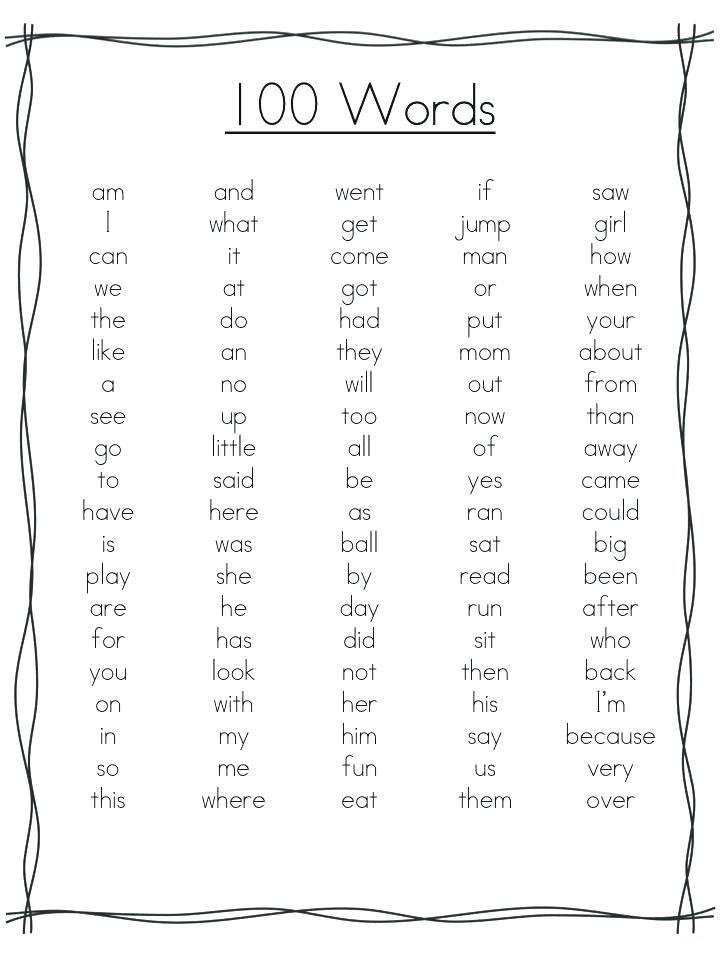 ","verify_account_email_is_send_massage":"Verification email sent,
","verify_account_email_is_send_massage":"Verification email sent,please check your inbox.","verify_account_button":"Verify account","spending_card":"Spending rule card","minimum_purchase":"Requires minimum purchase {{ discount_amount }}","tier_info":"Tier info","completed_rule":"Completed rule","earning_rule":"Earning rule","reward_popup":"Reward popup","birthday_field":"Birthday field","birthday_success":"Your information saved. You will receive your reward on your Birthday","points_expires_on_date":"Expires on {{ day }} {{ month }} {{ year }}","shop_it":"SHOP IT","back":"Back","click_for_sound_on":"Click for sound on","click_for_sound_off":"Click for sound off","view_on_instagram":"View on Instagram","view_on_tiktok":"View on Tiktok","instagram_gallery":"Instagram Gallery"}
How to teach a child to memorize English words?
Share
Vocabulary
05/04/2022
15 minutes
0 comments
0 likes
nine0002 Contents Knowledge of the language is impossible without mastering the lexical side, i.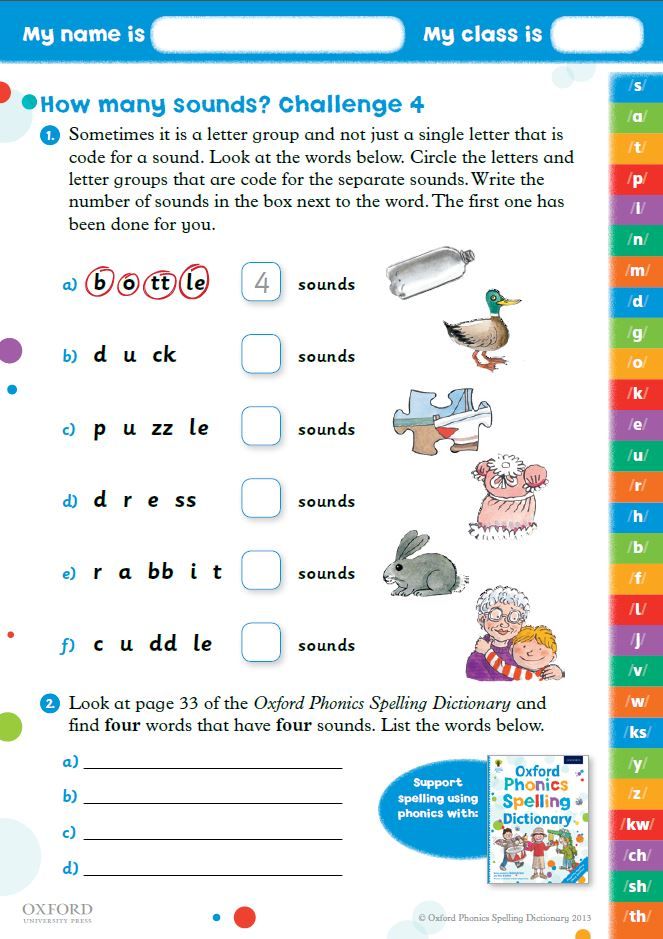 e. without knowledge of words. The minimum vocabulary is the base that makes it possible to speak, read, listen and write in English. And, of course, in order to know the words, they need to be ... taught!
e. without knowledge of words. The minimum vocabulary is the base that makes it possible to speak, read, listen and write in English. And, of course, in order to know the words, they need to be ... taught!
It's good when words are remembered by themselves. They say about such people - he or she has an ideal memory! In most cases, you still have to make an effort to remember these words ...
Memorizing English words with toddlers
Toddlers and preschoolers memorize everything new in the process of activity. The same thing happens with English words. If the lesson is interesting, if the tasks evoke an emotional response in the child, if the preschooler actively participates in the lesson, if the activity being performed is built correctly, then all new words are remembered by the children involuntarily.
Accordingly, tasks like “write words in a dictionary and learn them” are, of course, not about kids. And not only because not everyone can read and write at preschool age, but also because the words themselves for them are an unrelated set of sounds and letters. Therefore, first of all, this set needs to be "attached" to something. For example, to a visual image - a picture, an object. Then the binding of the sounding image of the word with its visible, real form appears in the memory. nine0003
And not only because not everyone can read and write at preschool age, but also because the words themselves for them are an unrelated set of sounds and letters. Therefore, first of all, this set needs to be "attached" to something. For example, to a visual image - a picture, an object. Then the binding of the sounding image of the word with its visible, real form appears in the memory. nine0003
However, these bindings are still very weak and can be easily destroyed, one presentation is not enough. If what is being discussed is not very relevant for the child at the moment, he simply will not remember or forget. Thus, the next step is to strengthen the created connection in memory. For this, a lot of game techniques are used, aimed specifically at the development of memory and memorization.
The simplest are all kinds of games based on memos (mnemonics), which are played either with cards or with objects. nine0003
English vocabulary games with flashcards
- The easiest option is to get "feedback" from the child immediately after presentation.
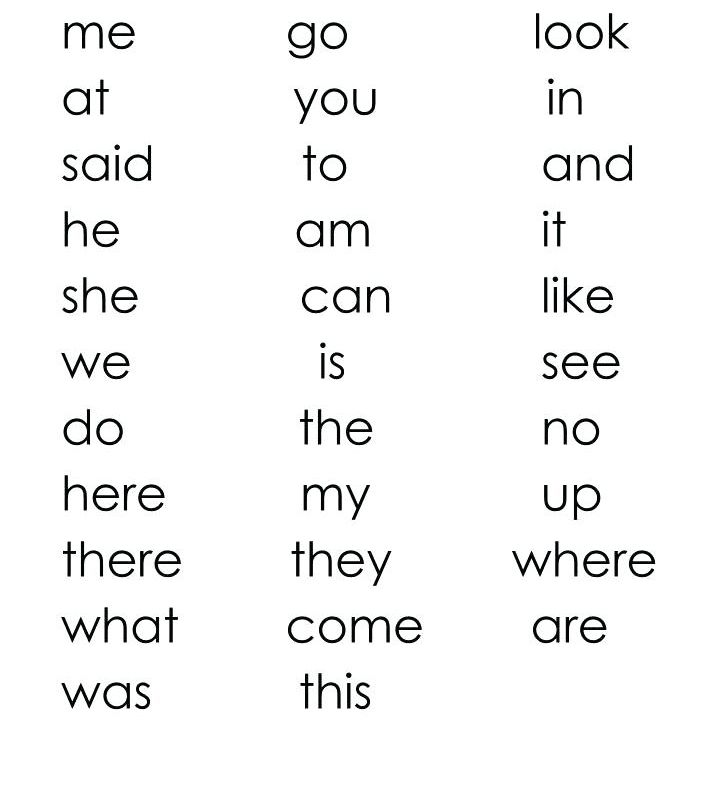 Lay out word cards in front of him and simply ask "Where is ...", ending the phrase with the desired word. This game makes it possible to find out what the child has memorized, and which words, therefore, are the simplest for him, and which ones still need to be worked on in the future. It is also important that the child hears not just individual words, this brings them closer to the conditions of real speech and makes it possible to practice the situational use of the interrogative word “Where?”, As well as the sound of the word in context. nine0039
Lay out word cards in front of him and simply ask "Where is ...", ending the phrase with the desired word. This game makes it possible to find out what the child has memorized, and which words, therefore, are the simplest for him, and which ones still need to be worked on in the future. It is also important that the child hears not just individual words, this brings them closer to the conditions of real speech and makes it possible to practice the situational use of the interrogative word “Where?”, As well as the sound of the word in context. nine0039 - The next game is similar to the previous one, only we put more emphasis on memory and attention. Flip over word cards. The child now does not see the image. We ask the same question "Where is ..." or say the phrase "Please, find me ..." and the baby has to not only remember what the sounding word means, but also remember where this picture is hidden.
- A similar version of the game with cards can be played not sitting in one place, but on the move.
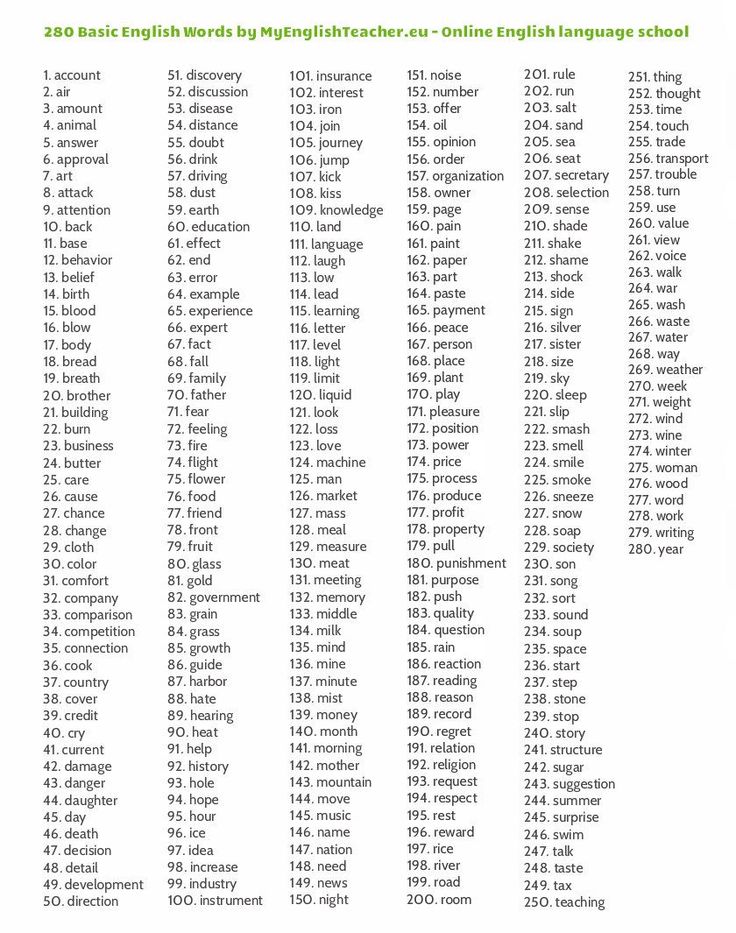 Lay out the picture cards on the floor and ask the child to "Jump on the...". It is clear that movements can be changed. nine0039
Lay out the picture cards on the floor and ask the child to "Jump on the...". It is clear that movements can be changed. nine0039 - Another version of the outdoor game. Pictures with words must either be fixed to the board with magnets, or to the wall, or simply laid out on the floor. The task of the child - "shoot the ..." - knock out the necessary word with a ball. This game is interesting to play in pairs and alternate requests. To the development of attention and memory, the development of hitting accuracy is also added - you need to hit the ball right on the picture! Be sure that with the addition of such a task, the memorization of English words will double :) and if you also introduce a points system, ooh! nine0039
- One of the most favorite word memory game by many is bowling. Just stick pictures with words to skittles or, for example, yogurt jars, place them at the opposite end of the room, give the child a ball in their hands and show. How to "Roll the ball". Then count how many pins or jars you managed to knock down (count repetition) and ask them to name the words on the knocked down pins! Give your child extra points for this.
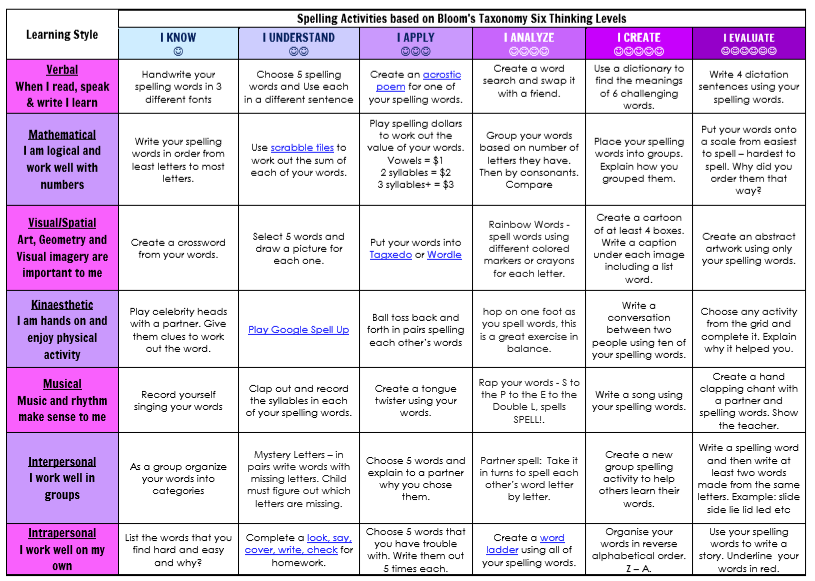
- The train game can be used to test what the child has memorized. Just lay out the word cards face down one after the other. Let the child open the "wagons" and name the word. Preface each "discovery" with the question "What is it?" and insistently ask for a full answer - "This is ...". nine0039
- Another easy game to test your child's memory is the classic Memo. We need two sets of pictures with cards. Mix and look for pairs, remembering to name each "find" in English. In such a game, it is still good to train units. - pl. Number. Because the result is a pair - two objects, respectively - "apple -" apples ". And ideally also the singular article - "An apple - two apples."
Games for memorizing English words with objects
Simple games with objects require, firstly, the presence of the objects themselves, and secondly, the presence of a “magic” bag where everything can be hidden. The bag should have the ability to tie or tighten so that it is not visible what is inside. Games are also lined up in a chain - from simple presentation and naming, through memorization to the reproduction of new words. Objects can be touched, new emotions are added to form the image of the word, and "tactile" memory is turned on.
The bag should have the ability to tie or tighten so that it is not visible what is inside. Games are also lined up in a chain - from simple presentation and naming, through memorization to the reproduction of new words. Objects can be touched, new emotions are added to form the image of the word, and "tactile" memory is turned on.
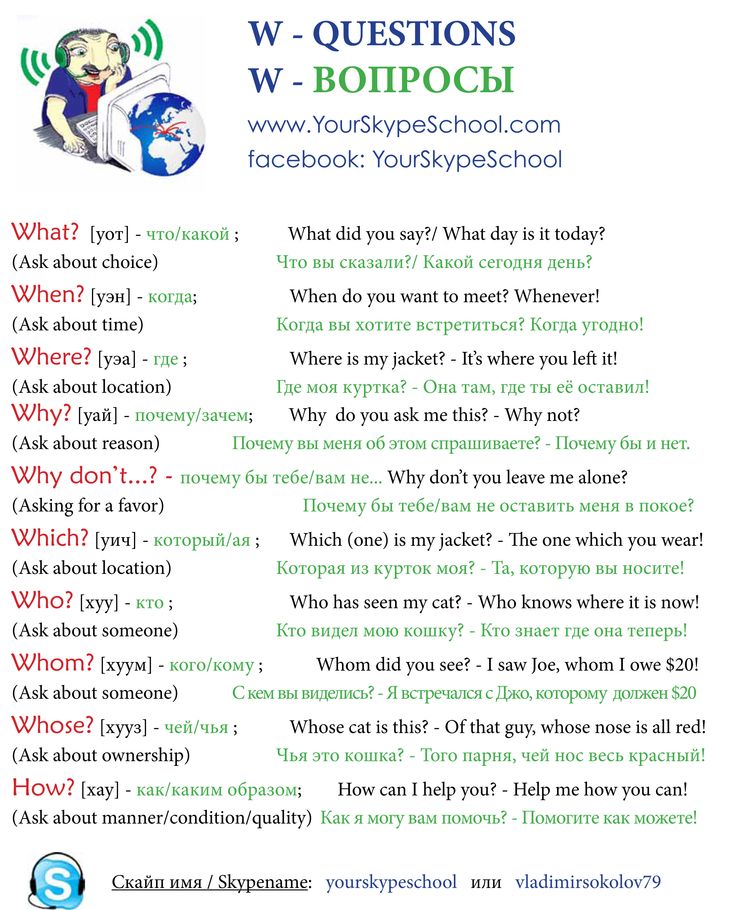 nine0039
nine0039 If an item can be picked up for new words, then all items can be bought or sold. Therefore, the game "shop" is another of my favorites. Full communication is already involved here, so this game should be added regularly, incl. to develop speaking skills. At first, the child will repeat after an adult, but soon he will easily remember it himself.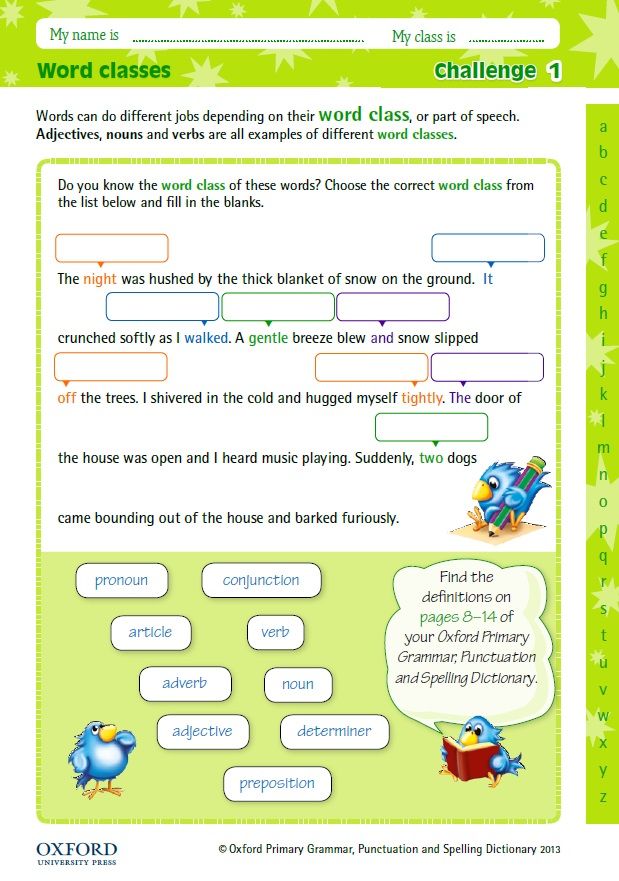 The game is very simple, one is the seller, the other is the buyer. Depending on the level of proficiency, we use either the simplest phrases - “please, apple”, or more complex ones “Can I have an apple, please?”. nine0003
The game is very simple, one is the seller, the other is the buyer. Depending on the level of proficiency, we use either the simplest phrases - “please, apple”, or more complex ones “Can I have an apple, please?”. nine0003
Board games for memorizing English words
Words are also well remembered during the use of board games. Board games are always a very exciting process, but here you have to make blanks in advance and print them out.
- Domino. We take the rules from the usual game of dominoes. Domino cards are required. Where instead of numbers there will be pictures with new words. We play, we call, we repeat, we remember. nine0039
- Lotto or bingo. You need two sets of word cards. One set is in the form of playing fields, the other set is cut into squares and hidden in a bag. These will be the barrels. Half the queue we take out the barrel cards, we call the word.
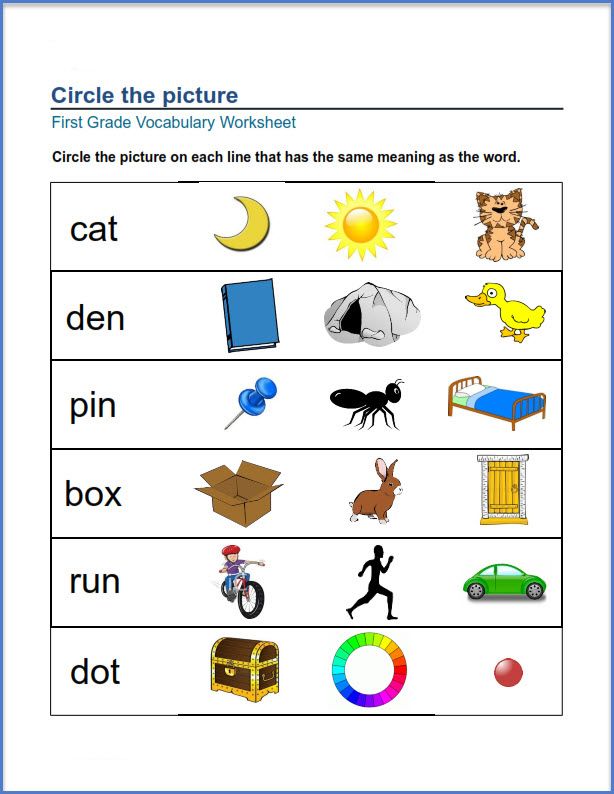 Or we ask the question "Who has got a ...". Whoever answers "I have a ..." first gets a "barrel". The first person to fill in their field wins.
Or we ask the question "Who has got a ...". Whoever answers "I have a ..." first gets a "barrel". The first person to fill in their field wins. - SNAP game. Very dynamic, very good for memorizing words. But…requires 4 sets of picture cards! All of them are mixed and laid out “blindly” in front of the players. Everyone has their own pile, face down. In turn, everyone flips away from themselves, so that other players see the picture first. Names, puts in the middle. If the image matches the card placed by the previous player, shout "SNAP" and take the entire stack for yourself. The one who is left without cards loses. nine0039
- Double (or dobble). On the Internet, you can prepare blanks on how to make a dobble yourself and for any topic. And it is better for several thematic groups of words. There are as many as 5 game options! The game is for attention, therefore it captures "with the head."
- Walkers-walkers. Also suitable for repetition of several thematic groups of words.
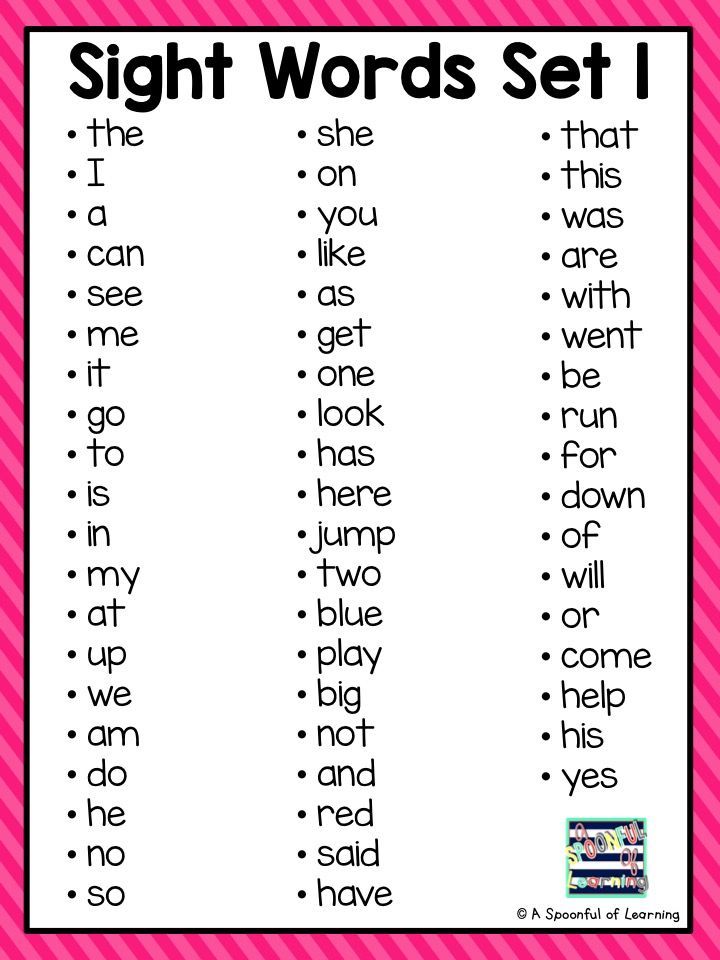 Just do it after, where instead of numbers there will be pictures with new words. Throw the dice and go ahead, count the steps, name the words!
Just do it after, where instead of numbers there will be pictures with new words. Throw the dice and go ahead, count the steps, name the words!
Memorization of English words with schoolchildren
If by the age of 11-12 a child's memory has already been trained by regular memorization of words and he really only needs to write it down and repeat it at home, then this does not work out with younger students. And they need to be taught to memorize words. Good. If at school the teacher understands the need to work out new vocabulary and spends the lesson time not on writing words in a notebook and translating them (which, by the way, the child can do at home after the lesson), but on active memorization using the existing extensive arsenal of lexical games, some of which have already been described above. In this case, students should not have problems with memorization at all. Everyone loves to play, the game is exciting, it is also interesting to be a winner and it motivates. nine0003
Everyone loves to play, the game is exciting, it is also interesting to be a winner and it motivates. nine0003
But, if, after all, learning is structured differently, and the entire load on memorizing words is done as homework, then, of course, parents will have to make efforts and help at least at first. The difficulty of memorizing words at school is further exacerbated by the fact that they are often asked to immediately learn both the meaning and spelling. This is a double burden on the brain and memory. It is not surprising that the desire and interest in English in such situations quickly fades.
How to help a student learn English words? nine0023
First of all, you need to explain that apart from him it is, unfortunately. Nobody will. And also to explain that without knowledge of English words, speaking, singing, communicating in English will not work. However, do not intimidate, just ask to believe that it will be difficult only at first. Further, the memory will develop, and he himself will not notice. How easy it is to remember words.
However, do not intimidate, just ask to believe that it will be difficult only at first. Further, the memory will develop, and he himself will not notice. How easy it is to remember words.
Until this happens and the memory “fails”, and it also turns on and “I don’t want, it’s boring ...”, offer the child several options from the games described above, only all pictures must be duplicated with word signatures. If there is no time for pictures, it is enough to make 2 sets of cards - the English spelling of the word and the Russian one. nine0003
The simplest tasks for memorizing English words by schoolchildren:
- Combine the Russian word and the English one. The first time we connect with "views", the second - on our own, the third - for a while. Words will be learned in an instant!
- Lay out "closed" English words, turn over and name the translation.
The same thing, but vice versa - remember English words in Russian.
- Make a field with Russian words (each cell is a word), and then cut it with English. Distribute like a lotto. nine0039
- The game "halves" or "train" - cut the cards, divide each in half, on one half - an English word, on the other - Russian, but the English and Russian equivalents for them are on other cards. The result should be a vicious circle or square.
- Ball game. Just throw a ball to a friend-friend, while one calls the Russian word, the other - the translation and vice versa. Any ball games require a quick reaction, so the memory starts to work more actively. nine0052
- We write the first word with a peep.
- Second - repeat the spelling.
- Third, we write from memory and check ourselves. If there are no mistakes - well done!
- If an error... go back to steps two and three.
After the child can easily produce new words in English. You can move on to memorizing spelling. To do this, it is enough to explain that, firstly. It is impossible to learn how to write words if you do not remember the spelling in writing! Secondly, it will be difficult only at first :).
The technology for memorizing the spelling of English words with schoolchildren is as follows:
The main task at the beginning is to help take the first steps, to support the child's interest in learning English, to give confidence in themselves, to alleviate difficulties a little.
However, if you realize that your own efforts are not enough, you should seek help from specialists. For example, to an online school for learning English for Novakid children. Our video lessons already include all the techniques for memorizing both new words and new grammar so that the child, learning English, absorbs everything new involuntarily, through live communication with the teacher in English, and not separately, through memorization. Worth a try, the first lesson is free! nine0003
METHODOLOGY, PRACTICE, PARENTS
METHODOLOGY PRACTICE FOR PARENTSHow to teach a child to write correctly: advice from the author of school textbooks on the Russian language
Ekaterina Buneeva, Doctor of Pedagogical Sciences
All children are very different: some grasp everything on the fly, memorize a new rule already in class and perform exercises almost without errors, others memorize more slowly, others, no matter how much you fight with them, still make mistakes.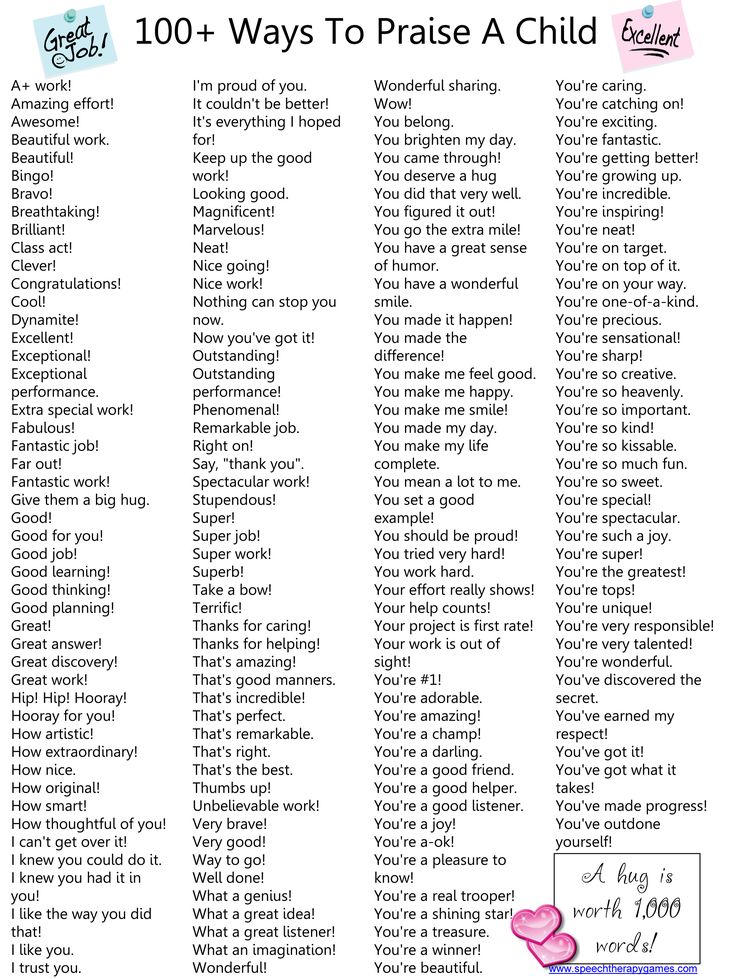 nine0003
nine0003
How can I help my child at home? Repeat the rules with him? Do dictations? Do more exercise? In this regard, either a true story, or an anecdote, or an episode from the film immediately pops up: the teacher tells the student after the lessons to write the word “walked” a hundred times on the board, in which he is constantly mistaken. When she returns to class, the entire blackboard is covered with the word "walked", and at the bottom in large size: "I wrote everything and went home!"
The point is not how many exercises the child has done, how many times he has written a difficult word, and whether he recites the rule by heart. If there is no so-called "innate literacy", in order to write without errors, you need to be able to find (see) in words or between words those places to which the rules should be applied. nine0003
The overwhelming majority of schoolchildren do not know how to do this, they do not have spelling vigilance. The same is with sentences: children do not see, do not know how to look for boundaries of semantic segments in a sentence - punctuation marks. They need to be specially trained for this.
If we want children to write correctly, we must be patient.
We adults should be well aware that spelling and punctuation skills develop slowly and in each child at his own pace. Unfortunately, only a few who are very lucky have "innate literacy", two or three school lessons and home exercises are enough for them. But most need regular classes, with constant repetition and a gradual expansion of the range of rules being studied. nine0003
Source.
4 important spelling skills
They help the child write without errors. In other words: he can do this and that - he writes competently.
The ability to see spellings
That is, places in words and between words where you need to choose a spelling from several options (“o” or “a”, “e” or “and”, together or separately, “b” or “b” ", with or without "b", etc.). In this case, only one option is correct.
You need to find spellings in words according to special features.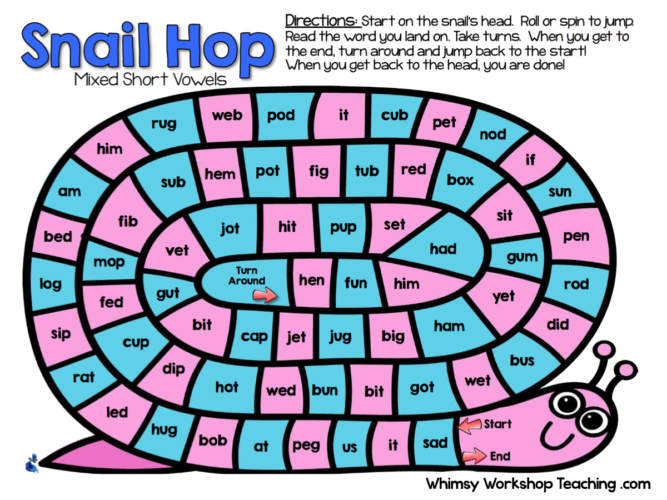 For example, if in a word we hear a deaf paired consonant sound at the end: “zu [p]”, “le [f]”, this is an identification sign of the spelling - the letter of the consonant being checked. Having found this "dangerous place", the child applies the rule. Each spelling can be found in a word according to certain signs, and this must be specially taught, to show these signs. Most often, this is why children (and adults too) write illiterately: knowing the rule, they do not see in the word the place to which it needs to be applied. nine0003
For example, if in a word we hear a deaf paired consonant sound at the end: “zu [p]”, “le [f]”, this is an identification sign of the spelling - the letter of the consonant being checked. Having found this "dangerous place", the child applies the rule. Each spelling can be found in a word according to certain signs, and this must be specially taught, to show these signs. Most often, this is why children (and adults too) write illiterately: knowing the rule, they do not see in the word the place to which it needs to be applied. nine0003
Ability to choose spelling
Once a child has found the point of application of a spelling rule in a word, he can easily apply this rule and choose the correct spelling. We use the same example: to select a letter at the end of the words "zu[p]", "le[f]", we select test words ("teeth", "lions"), we hear a distinct consonant sound before the vowel - and write "tooth" , "a lion".
The ability to explain the choice of spelling orally and graphically
This skill is needed both when the child writes and when he checks what is written.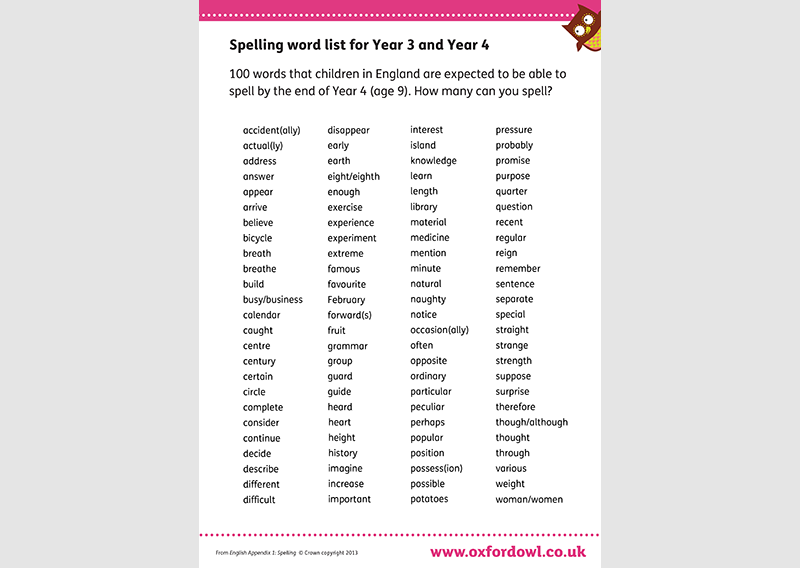 Easier, faster and more beneficial to do it graphically . For example, when explaining the choice of the letters "b" and "c" at the end of the words "zu [p]" and "le [f]", the child should write like this: "tooth - teeth"; “lion - lions” (he underlines the letter “y” with two lines, because it denotes a vowel sound under stress and helps to choose the spelling). By making such designations, the child essentially translates the content of the rule (text) into a different, more concise and visual, "speaking" form. Both he and the adult understand why this particular spelling was chosen.
Easier, faster and more beneficial to do it graphically . For example, when explaining the choice of the letters "b" and "c" at the end of the words "zu [p]" and "le [f]", the child should write like this: "tooth - teeth"; “lion - lions” (he underlines the letter “y” with two lines, because it denotes a vowel sound under stress and helps to choose the spelling). By making such designations, the child essentially translates the content of the rule (text) into a different, more concise and visual, "speaking" form. Both he and the adult understand why this particular spelling was chosen.
Photo from the personal archive of the author. nine0003
The ability to find and correct errors
It is based on the previous three. To check himself (during a dictation, presentation, any written work), the child must do the same actions:
- make sure that the spelling is found correctly according to the identification features;
— apply the rule;
- explain the spelling graphically.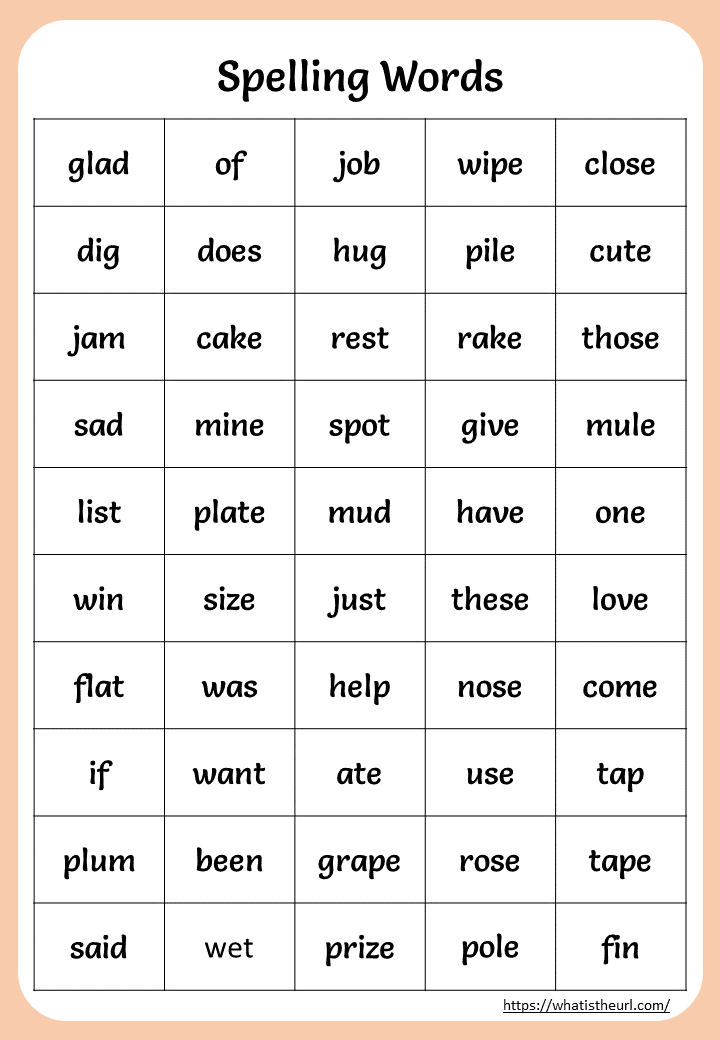
That is why I recommend a simple technique for parents and teachers: write through the line. We always leave the top line above the sentence empty, and when checking, all the necessary designations and entries are made on this line. If, in the process of such a check, the child himself finds his mistake and corrects it, the mark should not only not decrease - on the contrary, the child should be praised and encouraged in every possible way. It is absolutely illogical and very harmful when at school a child is lowered for blots and corrections for written work. nine0003
Tips for parents who take care of the child themselves
1. Every child has typical, most frequent mistakes. First of all, it is necessary to determine which ones, arrange the rules in the order of their interconnection and increasing difficulty. Next, determine what necessary basic knowledge about the language and skills the child lacks in order to master these spellings. These gaps must first be filled and only then do the actual spelling.

